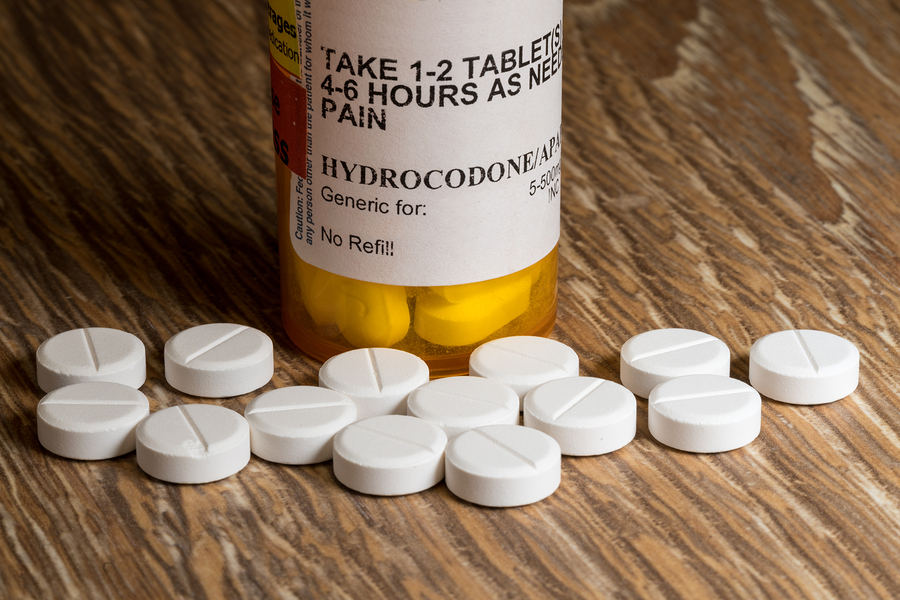One of the most pressing health issues facing society today is the opioid epidemic. And, just as Big Tobacco took the fall for the cigarette smoking problem in the 90’s, Big Pharma is now facing backlash for their involvement in fraudulent marketing campaigns involving the prescription painkillers.
Opioid painkillers like oxycodone, hydrocodone, codeine, and morphine are a class of drugs that relieve pain while producing euphoric effects. While their use is often necessary they have also historically been overprescribed and that overprescription has led to a high number of opioid addictions in the U.S. and the world. (There are other options though.)
RELATED ARTICLES:
- Opiates such as Oxycodone, Hydrocodone, and Morphine are Killing more Americans than Car Crashes
- FBI Warns Against This Deadly Prescription Drug Millions Take
It’s estimated that between 26.4 and 36 million people are currently abusing opioids (of that number, 2.1 million are in the U.S.). And, since addiction often leads to accidental overdose, that number has also quadrupled in the last two decades (addiction to prescription opioids can also lead to heroin abuse). Put simply, we are drowning:
- In 1991, U.S. retail pharmacies dispensed 76 million Hydrocodone and oxycodone prescriptions
- In 2011, they peaked at 219 million
- They have since remained in the range of over 200 million. 1
In an attempt to help the situation, the state of Ohio is suing five major drug manufacturers for their part in the epidemic: Purdue Pharma (maker of OxyContin/Oxycodone), Endo Health Solutions, Teva Pharmaceutical Industries and subsidiary Cephalon, Johnson & Johnson and subsidiary Janssen Pharmaceuticals and Allergan. (In 2012, Ohio doctors prescribed 793 million doses of opioids or about 68 pills for every adult and child.)
The lawsuit addresses the following issues:
- Downplaying the serious risk of addiction
- Advocating that the signs of addiction should be treated with more opioids
- Exaggerating the effectiveness of screening tools in preventing addiction
- Claiming that opioid dependence and withdrawal are easily managed
- Denying the risks of higher opioid dosages
- Exaggerating the effectiveness of “abuse-deterrent” opioid formulations 2
The Attorney General for the state of Ohio, Mike DeWine, told NPR:
“’We believe that the evidence will show that these pharmaceutical companies purposely misled doctors about the dangers connected with pain meds that they produced, and that they did so for the purpose of increasing sales. And boy, did they increase sales.’
According to the lawsuit, it is the drug makers’ responsibility to protect the health of their customers and tell the truth about their products and the dangers of their side effects, yet for years they have chosen profits over morals.” 3
Until the 1990s, opioids were only used short-term, in severe, acute cases, and for end-of-life care. However, the drug makers realized that marketing the painkillers to doctors and patients for long-term and chronic conditions could increase profit margins.
In what the lawsuit calls “a well-funded marketing scheme” to “spread false and deceptive statements about the risks and benefits of long-term opioid use,” drug makers spent millions of dollars each year to promote their opioids while denying the severity of the risks. 4
“[‘The drug makers] persuaded doctors and patients that what they had long known — that opioids are addictive drugs, unsafe in most circumstances for long-term use — was untrue, and quite the opposite, that the compassionate treatment of pain required opioids,’ according to the lawsuit.” 5
Similar lawsuits were recently filed in Mississippi, Illinois, New York, and California. In Washington, the city of Everette filed a lawsuit against the maker of OxyContin and the Cherokee Nation filed a lawsuit against Wal-Mart, CVS, Walgreens and other drug distributors in tribal court.
RELATED ARTICLE:
DeWine said, “This was not something that the pharmaceutical companies just woke up some day and just started to do a little bit of it…There was a concerted effort for an extended number of years to really pound this into the heads of doctors. And when you’re told something time and time and time again and there’s a lot of advertising that is being spent, yeah, it takes a while to turn that around.” 6
We’ve got to do something. We cannot limp along like this anymore. No more band-aid fixes, either. People are dying.
If someone you love is addicted, there’s help available. Contact your family doctor or the National hotline. You can also click here for more options.












